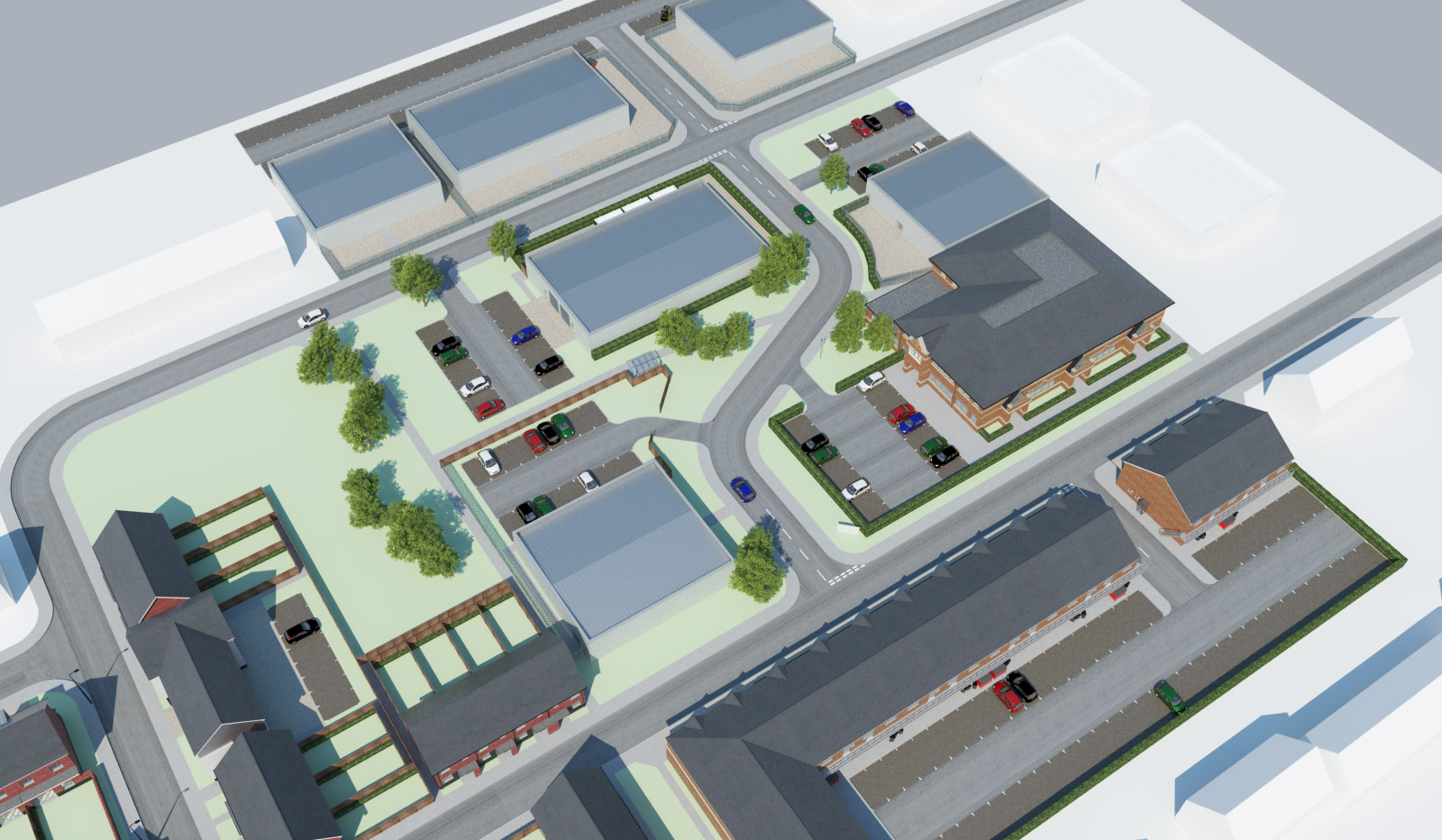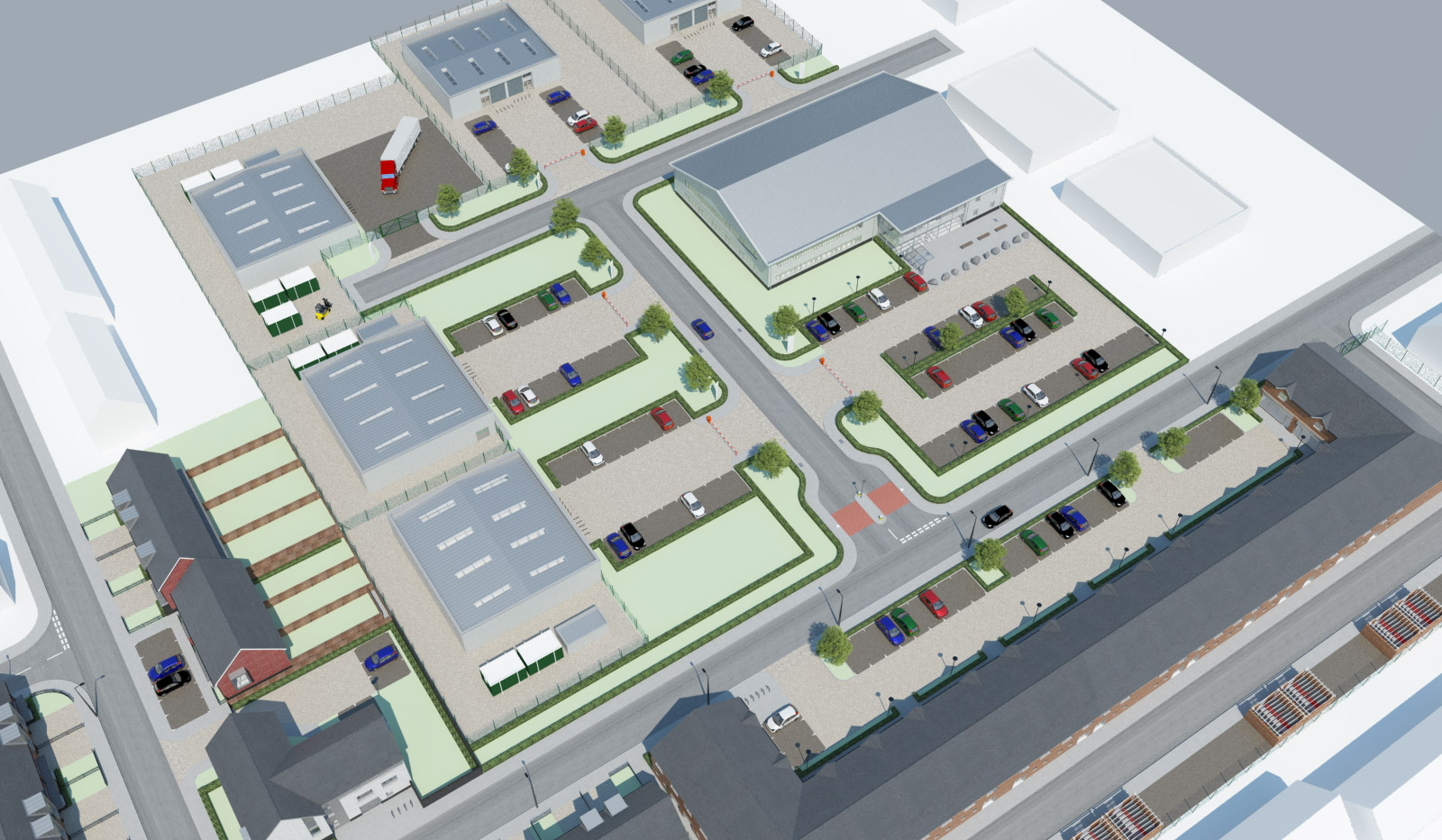






Routes through development are not direct, lacking sight lines (blind corners) and therefore opportunities are missed for natural surveillance to deter criminal activity.
Close
There is no clear demarcation between the public highway and the commercial development. Design and surfaces of the through road are visually similar to the surrounding public roads, encouraging use as a cut through.
Close
Unobserved isolated footpaths create inappropriate permeability, provide easy access to sides and rear of properties and are intimidating for those that use them.
Close
The existence of several entrance points provide the criminal with inappropriate access to areas that may provide criminal opportunity and also provide additional escape routes.
Close






Vehicular and pedestrian routes are visually open, direct, and well used. Clear delineation of routes designed can help navigation through the development and enhance a feeling of safety.
Close
Rumble strips, change of road surface (by colour or texture), pillars or narrowing of the carriageway used to define the private and public space.
Close
Routes for pedestrians, cyclists and vehicles run alongside one another and are not segregated unless there are safety issues. The security of the development is not compromised by excessive permeability, such as allowing the criminal legitimate access to the rear or side boundaries of buildings.
Close
SBD recommends the use of one main entrance into an enclosed commercial development serving both vehicles and pedestrians or separate entrances that are located next to one another to aid mutual supervision. There should be clear demarcation between the roadway and the footway and a safety barrier between the two may be necessary to protect pedestrians from large vehicles/plant.
Close